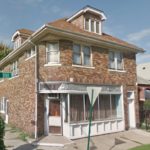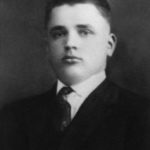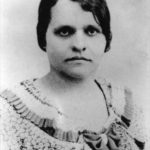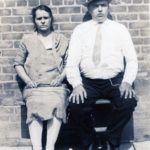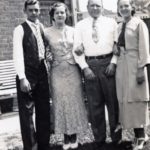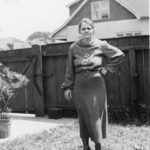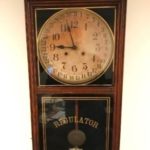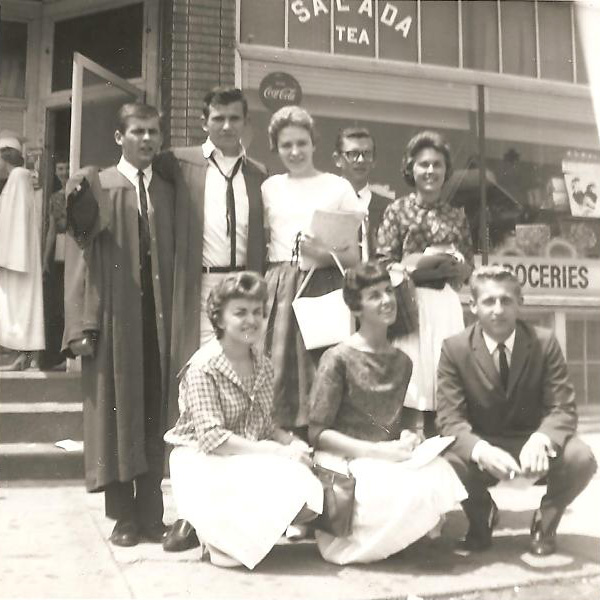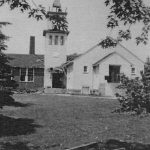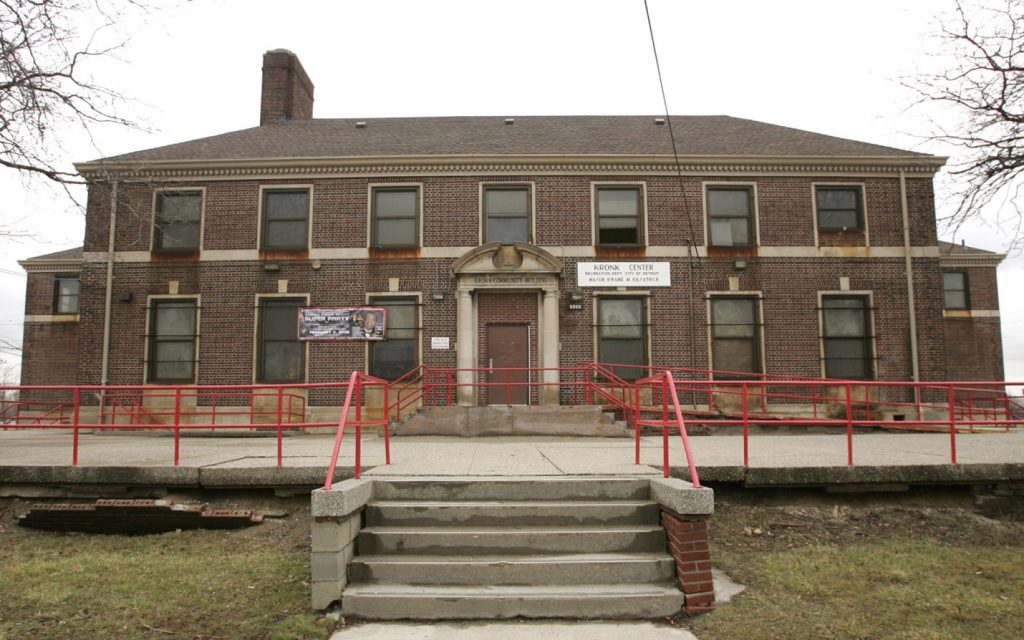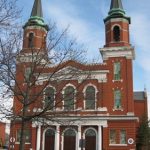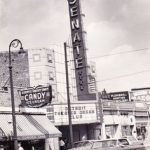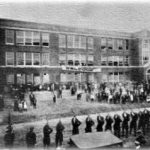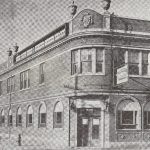The following is a recounting of the life story of Andrew and Hedwig Grendysa as told by their grandson, Dennis Cebulski, to WSDPAHS Member Jerry Sielagoski. Copyright © 2018 Jerry Sielagoski. Reprinted with Permission. WSDPAHS member Dennis Cebulski contributed greatly to the writing of this story.
The Grendysa grocery store was located on the corner of St. Stephens and 51st Streets and was operated by Andrew and Hedwig Grendysa. The store represented a typical example of the many small businesses that operated in the Polish neighborhoods of West Side Detroit.
Hedwig (Pastula) Grendysa was born in the village of Budy Głogowskie (near Rzeszόw) in the Galicia region of Poland. At the age of 17, Hedwig arrived at Ellis Island in New York City on November 30, 1911 aboard the S.S. Konig Albert. She was accompanied by her older sister, Maryanna Piłat and Maryanna’s infant son, Andrzej. They traveled onward to Chicago to be reunited with their brother and Maryanna’s husband who had arrived earlier. After a short stay in Chicago, they came to Detroit. Hedwig soon found employment at one of the cigar factories in Detroit, a fairly common occupation of Polish women at the time. Maryanna and her family had later moved to an area near Standish, Michigan to begin farming at a location near her aunt.
Andrew Grendysa was also born in the village of Budy Głogowskie in Poland. Andrew arrived in the United States on February 16, 1913 aboard the S.S. Kaiser Wilhelm and traveled to Detroit to reunite with his two brothers who arrived in 1905. Andrew and Hedwig had known each other in Poland. They went to the same school and Hedwig would often recall how Andrew would always tease her. She was one of the few girls in school. Some years later, Hedwig eventually met Andrew again in Detroit. Andrew and Hedwig were married at St. Hedwig Church on June 14, 1915. The newlywed couple was blessed with twin daughters, Helena and Stefania, on June 3, 1916. A third daughter, Anniela, was born on September 11, 1917, but fell victim to the Influenza Epidemic of 1918-1919 and passed away on January 26, 1918. A son, Stanley, arrived in 1919 and is currently 98 years old.
Andrew was employed at the Kelsey Wheel Company as a carpenter building railroad cars. As time passed, he became more proficient in carpentry and started a career as a building contractor. He constructed a number of houses in the Michigan Avenue and Central area. The Grendysa family had moved a number of times, as Andrew would often build a home, live in it a short time while he constructed another, and then move into the new home after selling the one where they had previously lived.
On December 13, 1926, Andrew and Hedwig Grendysa purchased lot number 149 of Conrad Clippert’s subdivision No. 2 on Private Claims 719 and 543 from John and Alexandra Lukasziewicz. When the subdivision was originally created in 1912, St. Stephens Street did not exist on the plat. As a condition of the sale, Andrew and Hedwig had agreed to pay assessments that may become due for paving parts of 51st Street and St. Stephens Street.
In 1927, Andrew built a home on lot number 149 at 4401 51st Street. It was a two-story brick building with a storefront occupied by a grocery/delicatessen and living quarters in the rear of the building. Andrew and Hedwig lived in the rear of the building with their three children and two nephews who left their farm in Standish to work at the Ford Rouge plant. The second story of the building contained additional residential space that was used as rental units. Andrew had also constructed the building across the street, which was used as rental property.
Andrew continued work with his contracting business while Hedwig operated the small grocery store. But, on the evening of September 29, 1929, Andrew tragically suffered a massive heart attack and died, leaving behind his wife, twin daughters, aged 13, and a son, aged 10. With the onset of the Great Depression, Hedwig faced difficult times ahead. She managed to keep the small grocery business functioning while often extending credit or reducing prices to those that were less fortunate than she was. During those challenging times, Hedwig and her family lived a frugal life. At times, she would supplement her sparse income by cleaning offices at the Detroit Water Board and Penobscot Buildings.
Hedwig remarried in 1934. She married Marion Sowinski, who was one of her tenants that lived across the street. Marion worked at the Ford Rouge Plant. Hedwig continued to operate the small grocery store until the end of World War II, when grocery store chains became more prevalent. With the closing of the grocery store, Marion and Hedwig moved to Dearborn where Hedwig enjoyed her new role as a grandmother and Marion continued to work until his retirement in 1960. Hedwig passed away on April 16, 1977.
Today, the clock that once hung in the small grocery store operated by the Grendysa family now hangs in the home of their grandson, Dennis Cebulski, and serves as a reminder of the struggles, fortitude, and resourcefulness of his grandparents and other immigrants of their era.
